As the world grapples with the challenges of climate change, environmental conducting an EIA degradation, and social inequality, the importance of sustainable development has never been more pressing. At the heart of this pursuit lies a crucial tool, Environmental Impact Assessments (EIAs). In our previous blog post, we delved into the world of EIAs, exploring their purpose, scope, and benefits. Today, we’ll take a closer look at the critical role EIAs play in unlocking sustainable development. In our previous blog we have covered the importance of EMP.
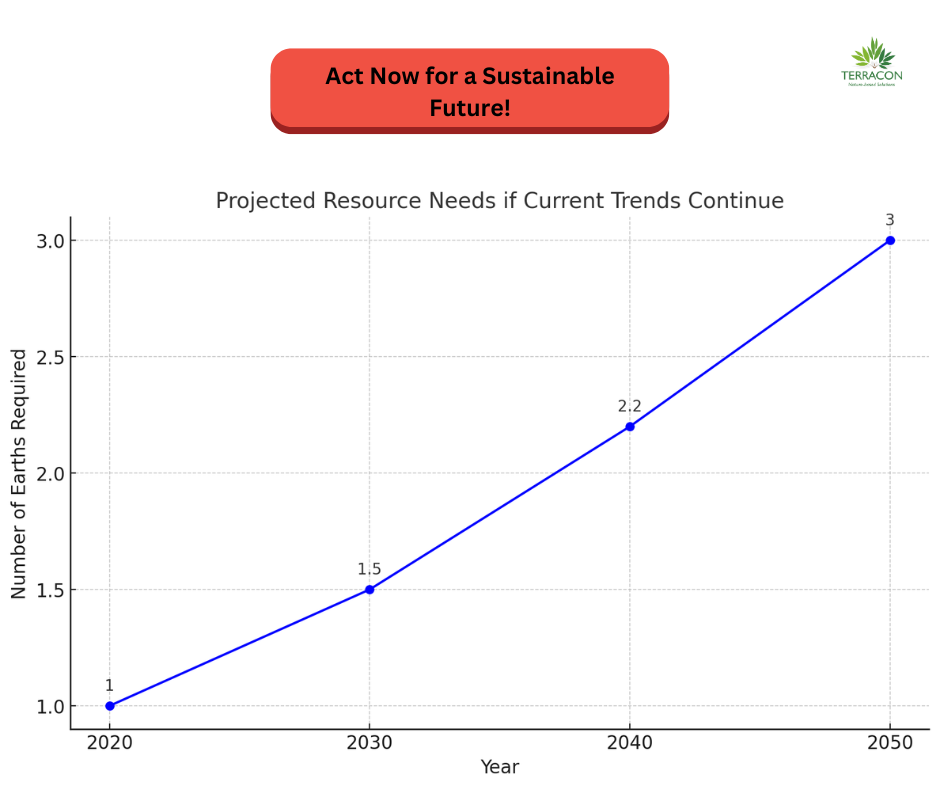
According to the United Nations, if current trends continue, the world will need three planets’ worth of resources by 2050.
Why EIAs are Key to Sustainable Development?
EIA is an essential step in the decision-making process, as it helps to identify potential environmental problems and opportunities, and provides a framework for mitigating adverse impacts and maximizing benefits. The primary purpose of EIA is to provide decision-makers with a comprehensive understanding of the potential environmental implications of a project, enabling them to make informed decisions that minimize harm to the environment and promote sustainable development. EIAs are more than just a regulatory requirement; they’re a powerful tool for ensuring that projects are environmentally sustainable and socially responsible. By identifying and mitigating potential environmental impacts, EIAs help organizations avoid costly mistakes, reduce risks, and create long-term value.
The World Health Organization estimates that 23% of all deaths worldwide are due to environmental factors, such as air and water pollution.
As projects become increasingly complex and environmentally sensitive, the need for proactive environmental management has never been more pressing. In fact, a single environmental incident can result in significant financial losses, reputational damage, and even project cancellation. By conducting an Environmental Impact Assessment (EIA), organizations can mitigate these risks and ensure sustainable development.

The Benefits of EIAs in Sustainable Development:
- As projects become increasingly complex and environmentally sensitive, the need for proactive environmental management has never been more pressing. In fact, a single environmental incident can result in significant financial losses, reputational damage, and even project cancellation. By conducting an Environmental Impact Assessment (EIA), organizations can mitigate these risks and ensure sustainable development.
- Conducting an EIA offers numerous benefits that can significantly impact a project’s success. By identifying and mitigating potential environmental impacts, EIAs ensure projects are environmentally sustainable. In fact, EIAs can reduce environmental impacts by up to 90% (IAIA, 2019).
- EIAs also provide cost savings, informed decision-making, and enhanced reputation. By identifying cost-effective solutions, EIAs can reduce project costs by up to 10% . They also provide a comprehensive understanding of a project’s environmental implications, enabling informed decision-making that balances economic, social, and environmental considerations.
EIA: A Mandatory Requirement
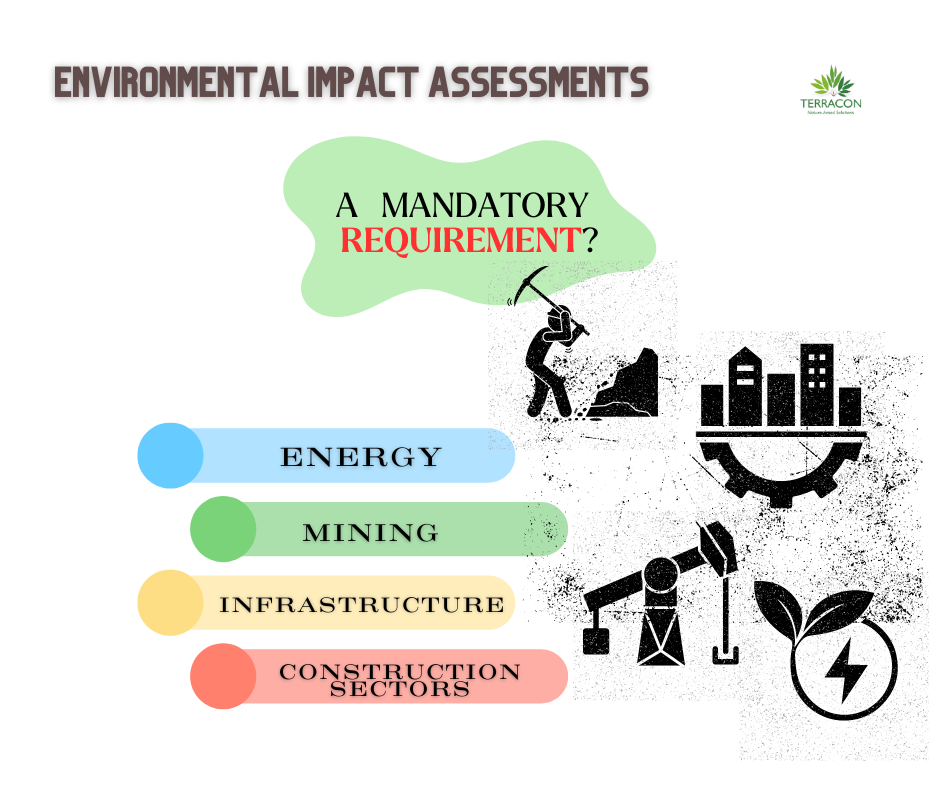
EIA is a mandatory requirement for many projects, including those in the energy, mining, infrastructure, and construction sectors.
Conducting an EIA offers numerous benefits, including the identification and mitigation of potential environmental impacts, cost savings through the identification of cost-effective solutions, informed decision-making through a comprehensive understanding of a project’s environmental implications, enhanced reputation through the demonstration of environmental responsibility and sustainability, and compliance with environmental regulations and avoidance of associated penalties.
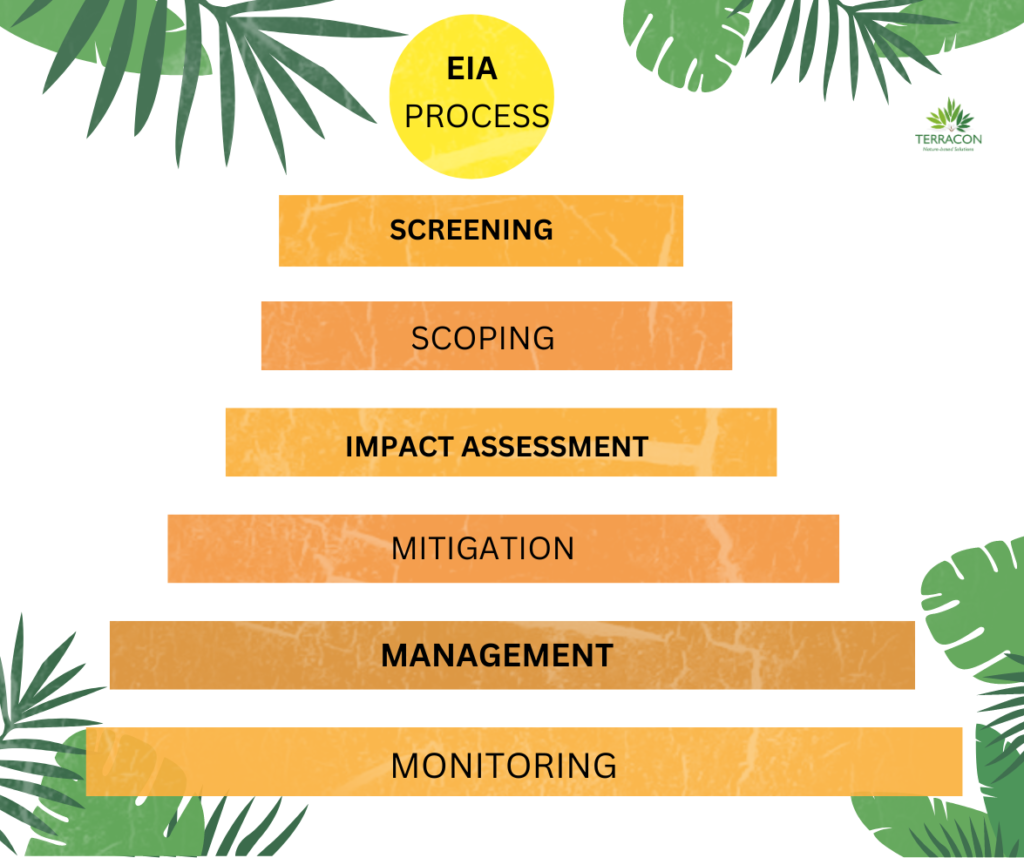
The EIA process typically involves several stages, including screening, scoping, impact assessment, mitigation and management, and monitoring and review. These stages are typically conducted by a team of experts, including environmental consultants, project managers, engineers, scientists, and stakeholders. In India, the Ministry of Environment, Forest and Climate Change (MoEFCC) has accredited over 100 EIA consultants and institutions to conduct EIAs.
In recent years, EIAs have played a critical role in promoting sustainable development in various projects. For example, a major mining company, Vedanta Ltd, conducted an EIA for its oil and gas exploration project, which helped identify potential environmental impacts on air and water quality, noise levels, and habitat destruction. Similarly, an EIA for a coastal development project helped identify and address potential impacts on coastal ecosystems, ensuring a more sustainable outcome.
Another example is the National Cyclone Risk Mitigation Program (NCRMP), where we collaborated with the Kharland Development Circle (KLDC) to construct embankments to curb sea-water inundation in Thane and Raigad districts in Maharashtra. The EIA process helped identify potential environmental impacts associated with the project, including the potential effects on coastal ecosystems, water quality, and human settlements. Based on the EIA findings, the project team was able to implement mitigation measures to minimize environmental impacts, including the development of an environmental management plan and a monitoring program to track environmental performance.
Conclusion
In conclusion, Environmental Impact Assessments (EIAs) play a vital role in promoting sustainable development by identifying and mitigating potential environmental impacts, reducing risks, and creating long-term value. By conducting an EIA, organizations can ensure compliance with environmental regulations, reduce the risk of non-compliance and associated penalties, and promote sustainable development. As the world continues to grapple with the challenges of climate change, environmental degradation, and social inequality, the importance of EIAs in unlocking sustainable development cannot be overstated.

Written by
Anjeeta Goud
Team Business Development and Strategy
Terracon Ecotech
Reference :
Environmental Impact Assessment
What is Environmental Impact Assessment ?
Vedanta Ltd., “Sustainability Report
Government of India, “National Cyclone Risk Mitigation Project
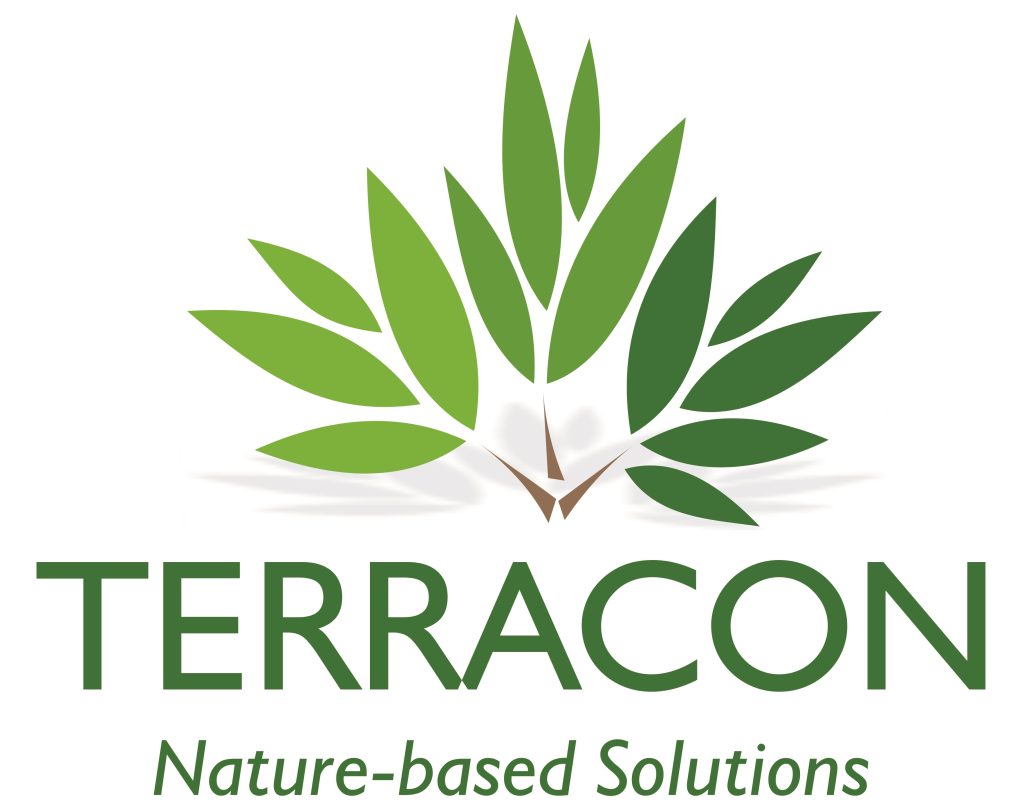
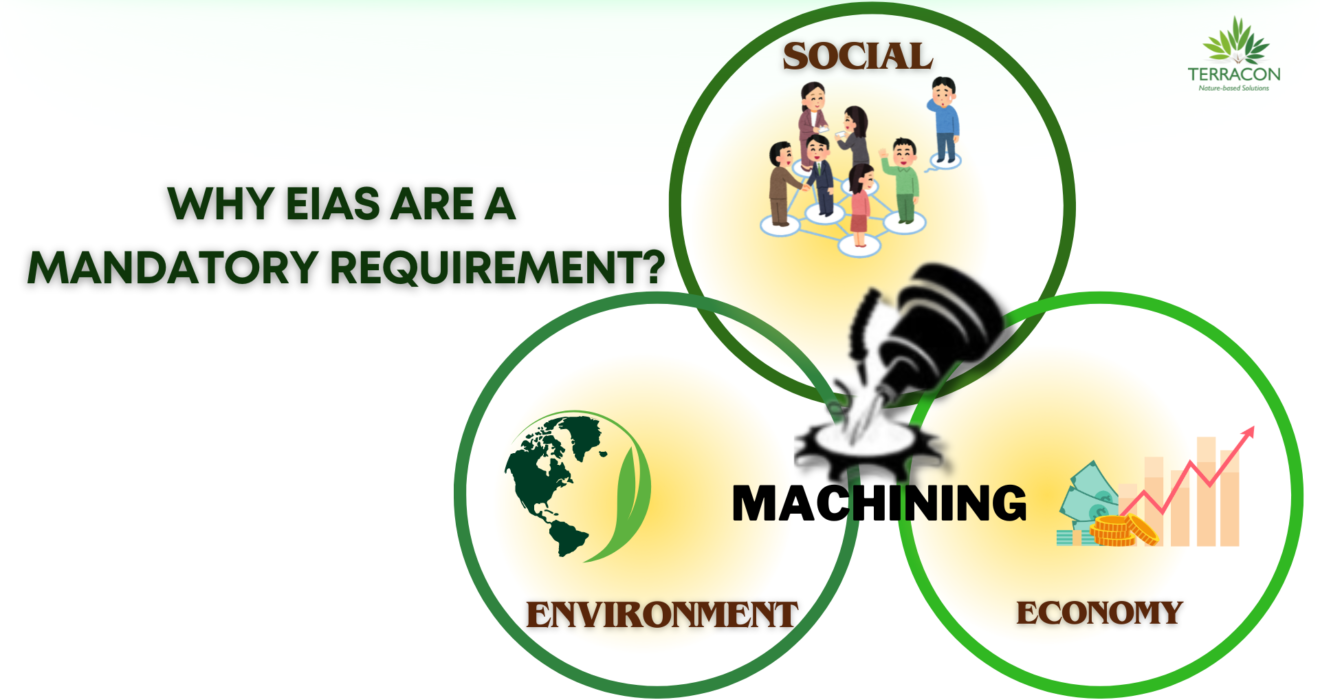
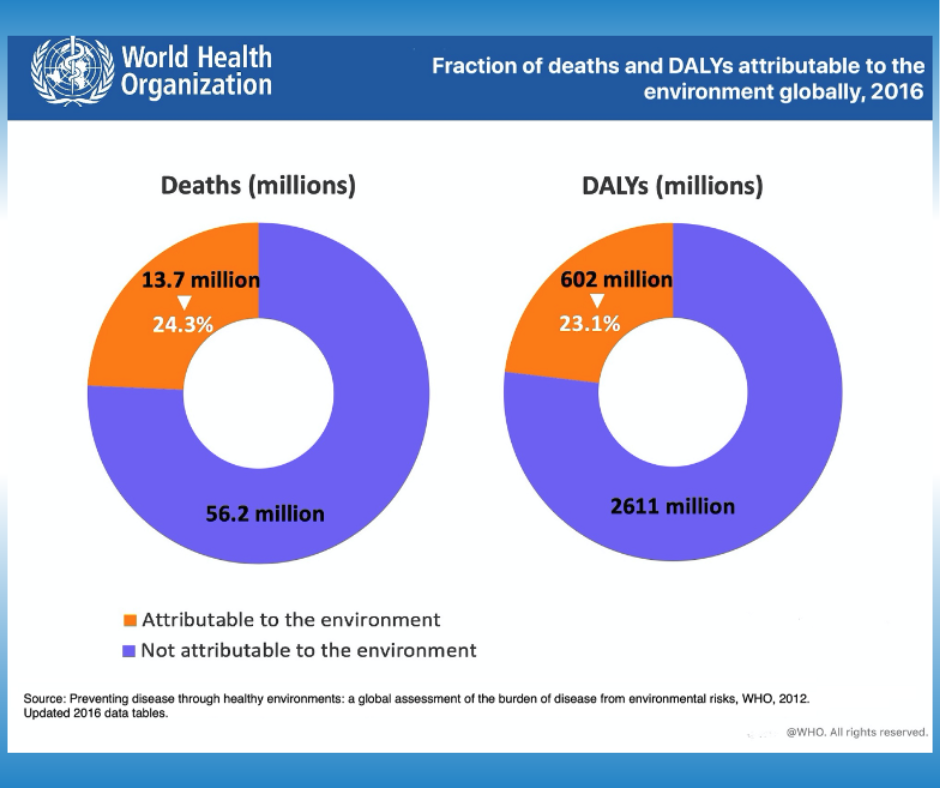
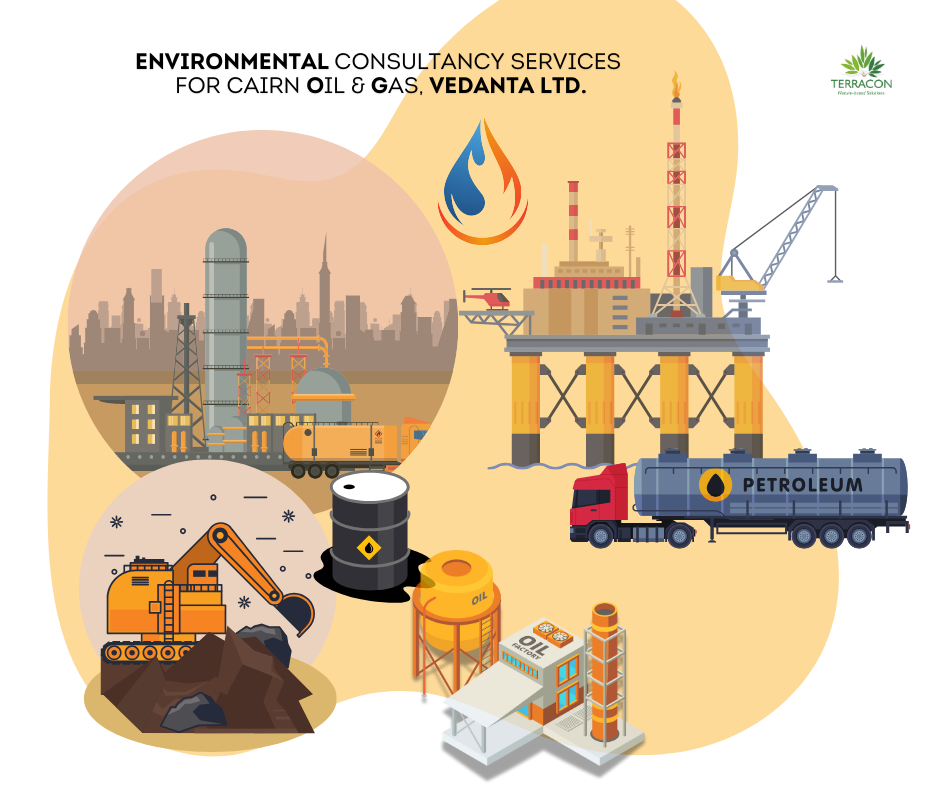

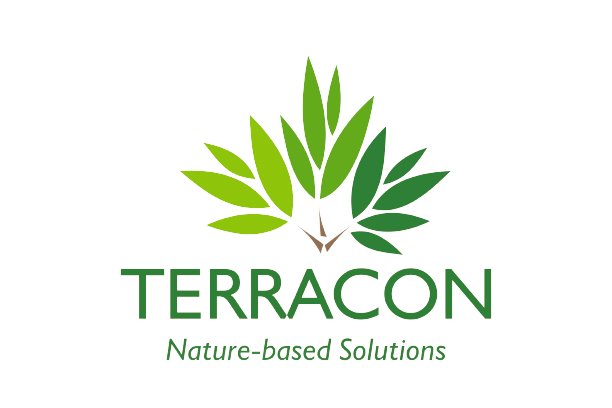


1 Comment-
Very helpful documents to understand the relationship between SD and EIA. Being a teacher of Environmental Studies, Rabindra Bharati University ,Kolkata ; I think the long term objective of EIA is to maintain Sustainable development in future.